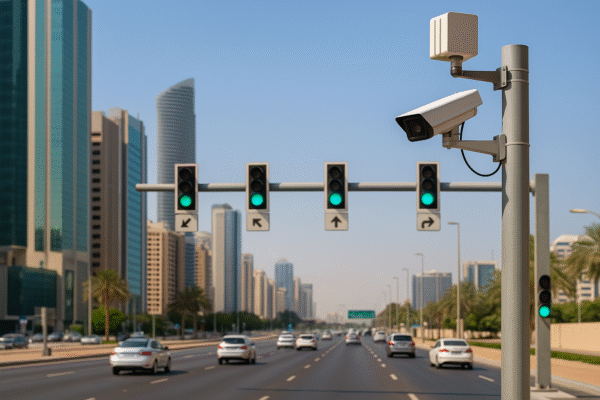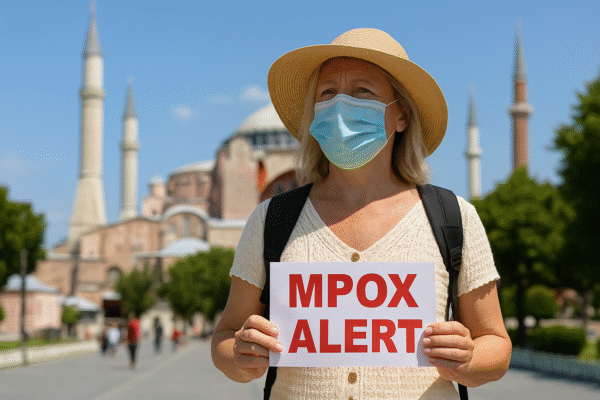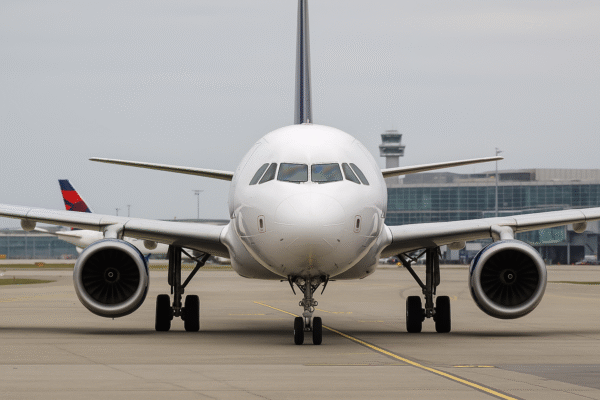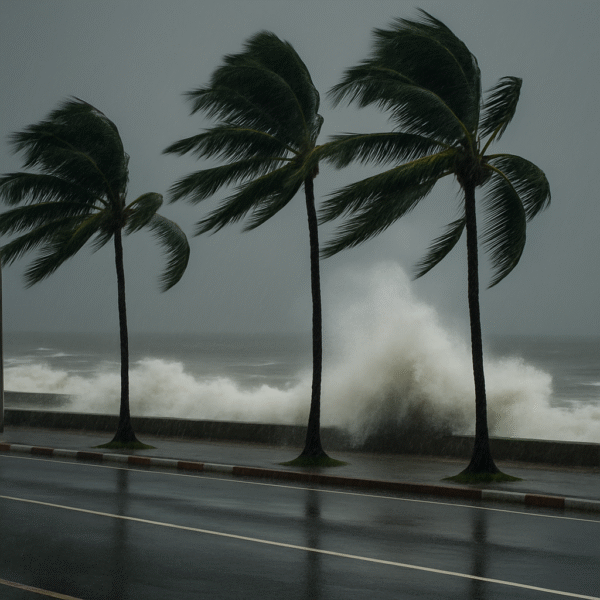A newly formed tropical storm—Tropical Storm Nongfa—is sweeping across Southeast Asia, raising alarms for transport, tourism, and safety. With maximum sustained winds nearing 74 km/h and featuring storm surges up to 0.6 meters, it made landfall near Laos on August 30, 2025, and is expected to affect regions in Vietnam, Laos, Thailand, and China with significant implications for travelers.
Though not powerful by tropical cyclone standards, Nongfa covers a broad area. Coastal and low-lying zones are particularly vulnerable, and disruptions may include flight delays, ferry suspensions, flooding, and road closures.
Regional Travel Disruptions and Safety Concerns
Vietnam
- Nongfa’s winds—peaking at 62–74 km/h with gusts over 100 km/h—are forecast to affect Vietnam’s central coast, particularly between Hà Tĩnh and Quảng Trị, starting the evening of August 30 into Laos by the following day. Coastal waters may see waves up to 5 meters and 20–40 cm coastal flooding.
- Such conditions may lead to temporary closures or operational delays at airports and seaports, impacting travel plans.
Laos
- As the storm crosses into Laos, increased risk of flash floods, landslides, and power outages may disrupt roads and cross-border transport, especially in rural areas near rivers and dams. Travelers using ground or river routes could face delays.
Thailand
- Nongfa is expected to drape northern, northeastern, and central Thailand in heavy to very heavy rain with strong winds from August 30 to September 1.
- Flash flooding, water accumulation in foothills and lowlands, and 2–3‑meter waves (even exceeding 3 meters during thunderstorms) in the Andaman Sea and Gulf of Thailand present hazards. All vessels are urged to navigate cautiously or postpone voyages.
China
- Coastal regions in southern China are also on alert for moderate storm surges, posing localized risks such as beach inundation and small-vessel damage.
Tourism Impact Highlights
- Flight and Ferry Delays or Cancellations – Especially in Vietnam’s central coastal provinces and in Thailand’s affected zones.
- Rough Sea Conditions – Ferry services, diving or fishing tours, and coastal travel may be suspended or unsafe.
- Flash Flooding and Mudslides – Heavy rains could block remote roads, disrupt temple visits, impede train travel, and flood heritage sites.
- Power Outages & Infrastructure Strain – In Laos and Vietnam, especially around dams and ageing infrastructure, tourism operations may face interruptions.
Economic Context & Seasonal Outlook
- Vietnam’s tourism sector contributed about 9.2% of GDP in 2024, while weather-related disruptions typically cost the industry US $120–180 million annually, with severe typhoon seasons slicing 15–25% off coastal tourism revenues.
- Last year, Typhoon Yagi devastated the country with winds up to 213 km/h, claiming over 350 lives, displacing 100,000+, and inflicting USD 2 billion in economic losses, including essential cultural and tourism infrastructure damage.
This highlights the importance of preparedness even for tropical storms like Nongfa, which may not be headline-grabbing but still pose meaningful disruptions.
Traveler Safety Recommendations
- Stay Informed: Monitor the latest alerts from Vietnam’s National Weather Center, the Thai Meteorological Department, and neighboring officials.
- Confirm Bookings: Regularly check updates from airlines, tour operators, hotels, and ferry companies.
- Be Flexible: Consider postponing or rearranging travel plans if your itinerary includes vulnerable areas like Quảng Trị, Quảng Bình, or northern Thailand.
- Avoid Risk Zones: Refrain from beachside activities, small boat excursions, or visiting lowland or hilly regions prone to landslides during the storm.
- Prioritize Safety: Follow local guidance, have an emergency contact strategy, and prepare for potential delays or cancellations.
Outlook for Travelers
While Tropical Storm Nongfa is mild compared to past typhoons, its broad reach across Vietnam, Laos, Thailand, and parts of China makes it a noteworthy concern for tourism. Travel remains possible—but with caution. Expect slower progress, transport tweaks, and the need for adaptable planning.
Prepared tourists who remain attentive to official updates, adjust on the go, and avoid exposed zones can still enjoy their travels—albeit with a bit more patience and resilience.
For more travel news like this, keep reading Global Travel Wire















